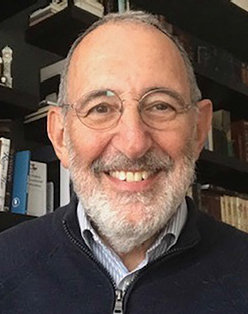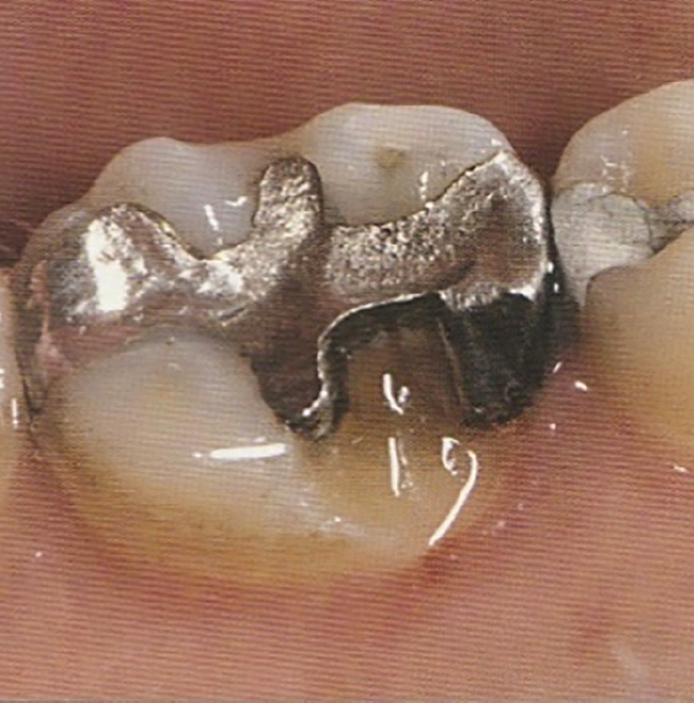Article

There is no doubt that COVID-19 has forced changes in many aspects of working practices and none more so than in clinical dentistry. I would like to offer my congratulations to the Dental Update team for providing articles that are relevant to the ‘new ways of working’.
Of particular interest is the dentistry that we, as practitioners, can provide without recourse to the turbine and aerosol generating procedures (AGPs), and I believe that COVID-19 obliges us to reconsider what our aims of treatment are with respect to restorative dentistry.
The restorative options open to a practitioner are many and varied and yet there is a fundamental question that a practitioner needs to ask when considering the holistic approach to oral health – ‘What am I trying to achieve in restoring this tooth?’1
It is known that there will be much variation between dentists as to how best to treat a tooth and this variation will essentially stem from the practitioner's view as to what is required to achieve longevity for both the tooth and the restoration. We, as dentists, are being asked to predict the future. I suspect that there is an overwhelming urge for dentists to recreate the original shape of the tooth in question without giving consideration to the various factors that may be unique to that patient and that tooth. It is necessary to put the W into the Hole! Not to look at the HOLE in the tooth but the WHOLE patient. Ideally, we would wish to restore Form, Function and Features, but in the real world this is not always possible, and so the question needs to be asked – ‘What do I do here?’2
The following example illustrates the wide variety of responses to a clinical situation. The lower left first molar in Figure 1 had classical cracked tooth syndrome over a period of two years. Eventually, the mesio-lingual cusp fractured away and the symptoms subsided. The patient attended for a routine examination three months after this event, not seeking help or advice at the time because the tooth was not causing any problems. The remaining tooth was intact, vital and without any visible fracture lines. What to do about the missing cusp? May I suggest the following options:

There is a wide spectrum here from non-invasive (non-AGP) to considerable tooth tissue removal in the provision of a crown or an onlay (AGP).
How are we going to choose? The risks and benefits of all the treatment options should be discussed with the patient3 and the acronym BRAN is a useful aide memoire: B – Benefit; R – Risk; A – Alternative; N – Nothing. We should be considering this for every treatment we propose. What is likely to happen if we don't do anything? As some of these options will best be performed with high-speed handpieces and hence aerosol generation, it may be that COVID-19 can help concentrate our minds and perhaps lean us towards the less (non-AGPs) rather than the more invasive possibilities.
In considering the decision, I would like to pose four questions:
Management of the biofilm is the essence of successful treatment. A restoration shaped to allow access to all areas for the removal of plaque will enable the patient to maintain a healthy tooth; no plaque equals no caries or periodontal disease. Therefore, does a tooth like this need to be restored to form and function and at what price (in terms of tooth tissue and financial cost) if the patient is comfortable? Does it matter if our direct restoration ‘fails’ (what does that mean?) in a few years? A ‘patch up’ can easily be replaced.
Perhaps COVID-19 and the attendant worry of aerosol generating procedures has given us the opportunity to reflect on our clinical decision-making and to reconsider: what are the aims of treatment? The answer has to be what is in the patient's and the dental team's best interest; now that is something to think about!

